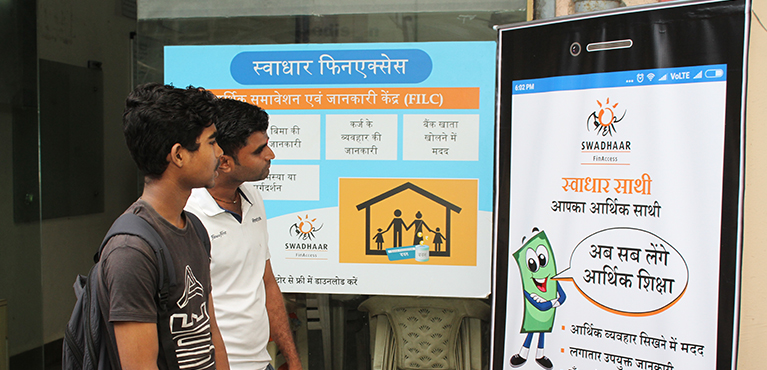Financial Education & Inclusion
The financial inclusion scenario in India has rapidly changed since 2014. The Aadhaar national biometric identity program removed the barrier to lack of KYC documentation among the low income and migrant segments. This enabled financial institutions/ Banks for instant account opening and providing other financial services/products. Account ownership had risen dramatically and there is increase in the supply of financial products.
Industry and regulation have worked together to produce opportunities such as the JAM (Jan Dhan-Aadhaar-Mobile) The digital infrastructure for financial services is created and this has enabled for different types of digital financial services. Banks have appointed banking correspondents (agents) to provide cash-in and cash-out facilities in underserved regions.
Yet we see that over 60% of the bank accounts are dormant, people still fall prey to fraud and ponzi schemes. The proliferation of digital financial services in India offers a tremendous opportunity for increased penetration but also throws up increased risk of consumer fraud and exploitation.
As the supply side improves the capability of the demand side has to be developed to take benefit of the products and services. We recognize that financial inclusion is not just about creating access. There is a need to build the financial capability of the low income households and communities to




